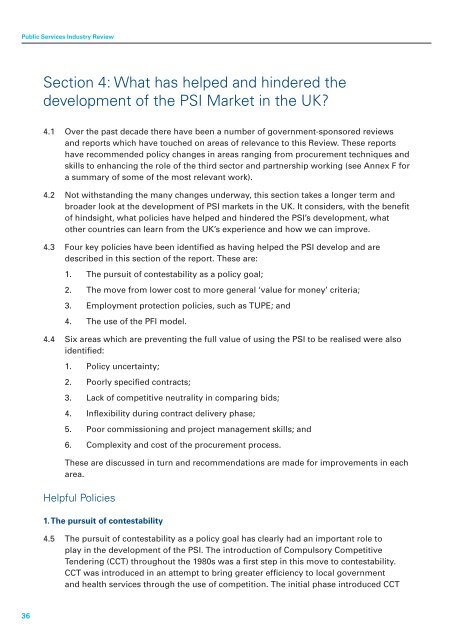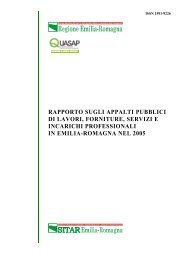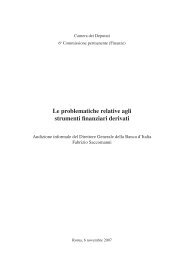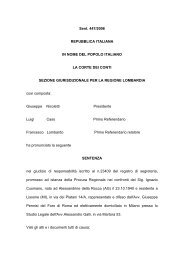Understanding the Public Services Industy
Understanding the Public Services Industy
Understanding the Public Services Industy
You also want an ePaper? Increase the reach of your titles
YUMPU automatically turns print PDFs into web optimized ePapers that Google loves.
<strong>Public</strong> <strong>Services</strong> Industry Review<br />
Section 4: What has helped and hindered <strong>the</strong><br />
development of <strong>the</strong> PSI Market in <strong>the</strong> UK?<br />
4.1 Over <strong>the</strong> past decade <strong>the</strong>re have been a number of government-sponsored reviews<br />
and reports which have touched on areas of relevance to this Review. These reports<br />
have recommended policy changes in areas ranging from procurement techniques and<br />
skills to enhancing <strong>the</strong> role of <strong>the</strong> third sector and partnership working (see Annex F for<br />
a summary of some of <strong>the</strong> most relevant work).<br />
4.2 Not withstanding <strong>the</strong> many changes underway, this section takes a longer term and<br />
broader look at <strong>the</strong> development of PSI markets in <strong>the</strong> UK. It considers, with <strong>the</strong> benefit<br />
of hindsight, what policies have helped and hindered <strong>the</strong> PSI’s development, what<br />
o<strong>the</strong>r countries can learn from <strong>the</strong> UK’s experience and how we can improve.<br />
4.3 Four key policies have been identified as having helped <strong>the</strong> PSI develop and are<br />
described in this section of <strong>the</strong> report. These are:<br />
1. The pursuit of contestability as a policy goal;<br />
2. The move from lower cost to more general ‘value for money’ criteria;<br />
3. Employment protection policies, such as TUPE; and<br />
4. The use of <strong>the</strong> PFI model.<br />
4.4 Six areas which are preventing <strong>the</strong> full value of using <strong>the</strong> PSI to be realised were also<br />
identified:<br />
1. Policy uncertainty;<br />
2. Poorly specified contracts;<br />
3. Lack of competitive neutrality in comparing bids;<br />
4. Inflexibility during contract delivery phase;<br />
5. Poor commissioning and project management skills; and<br />
6. Complexity and cost of <strong>the</strong> procurement process.<br />
These are discussed in turn and recommendations are made for improvements in each<br />
area.<br />
Helpful Policies<br />
1. The pursuit of contestability<br />
4.5 The pursuit of contestability as a policy goal has clearly had an important role to<br />
play in <strong>the</strong> development of <strong>the</strong> PSI. The introduction of Compulsory Competitive<br />
Tendering (CCT) throughout <strong>the</strong> 1980s was a first step in this move to contestability.<br />
CCT was introduced in an attempt to bring greater efficiency to local government<br />
and health services through <strong>the</strong> use of competition. The initial phase introduced CCT<br />
36
















